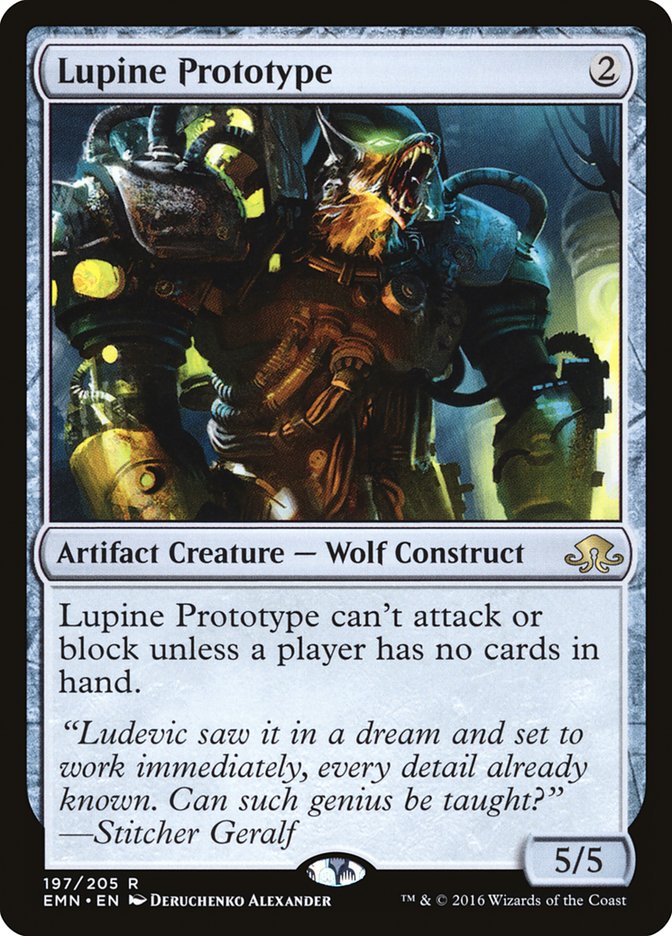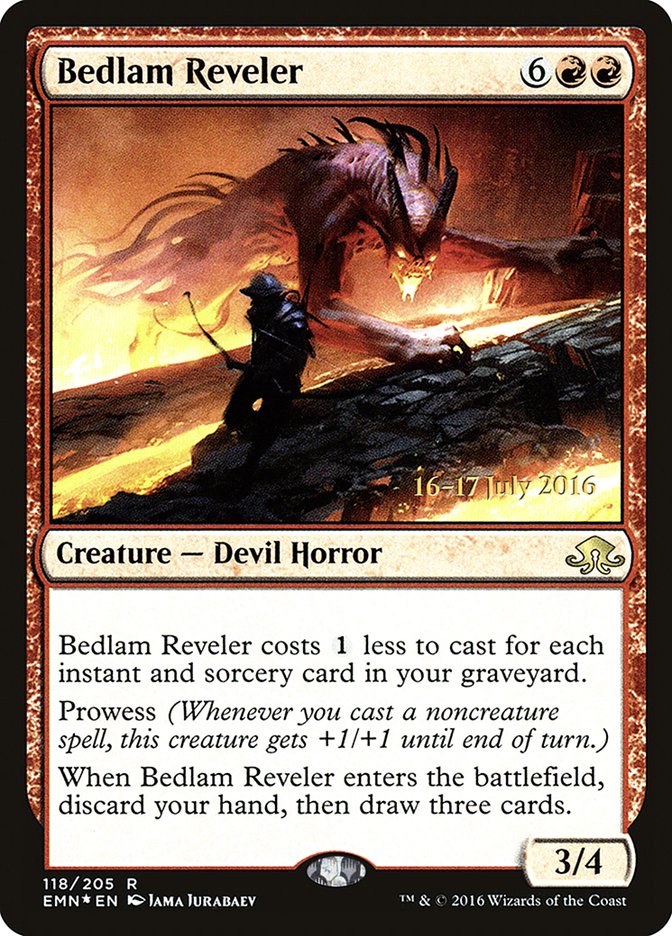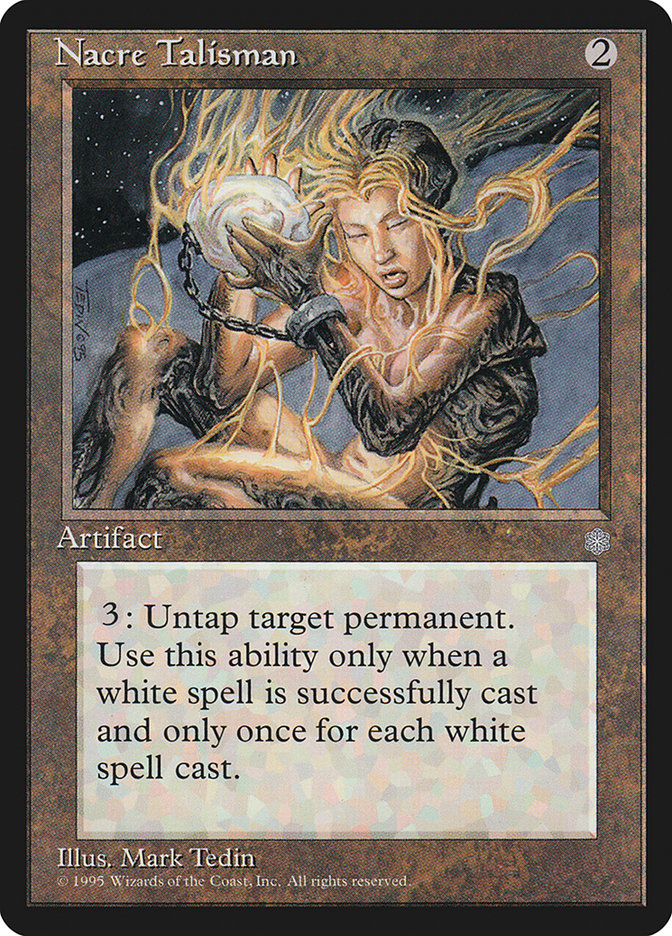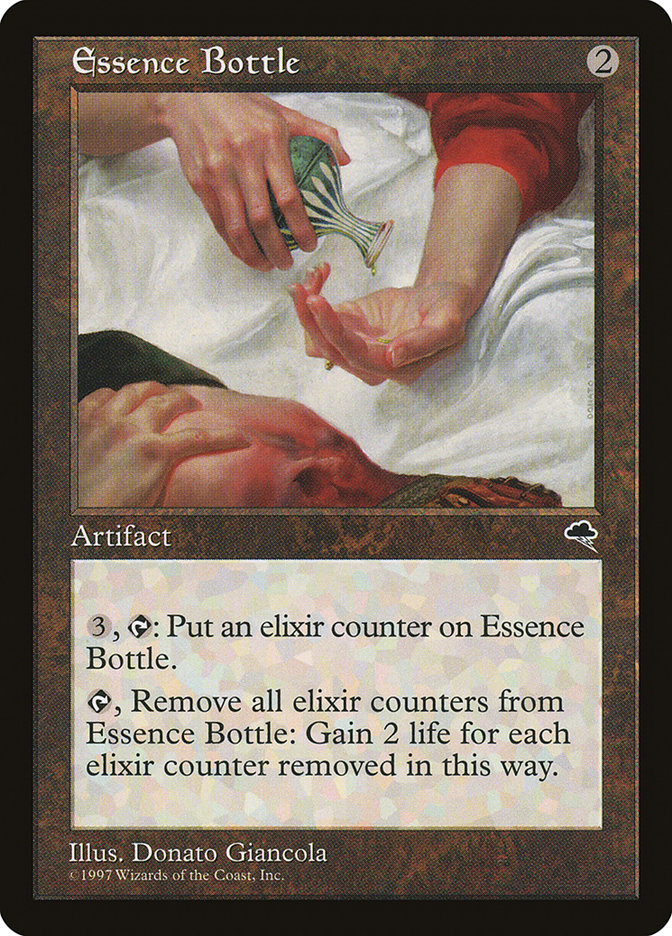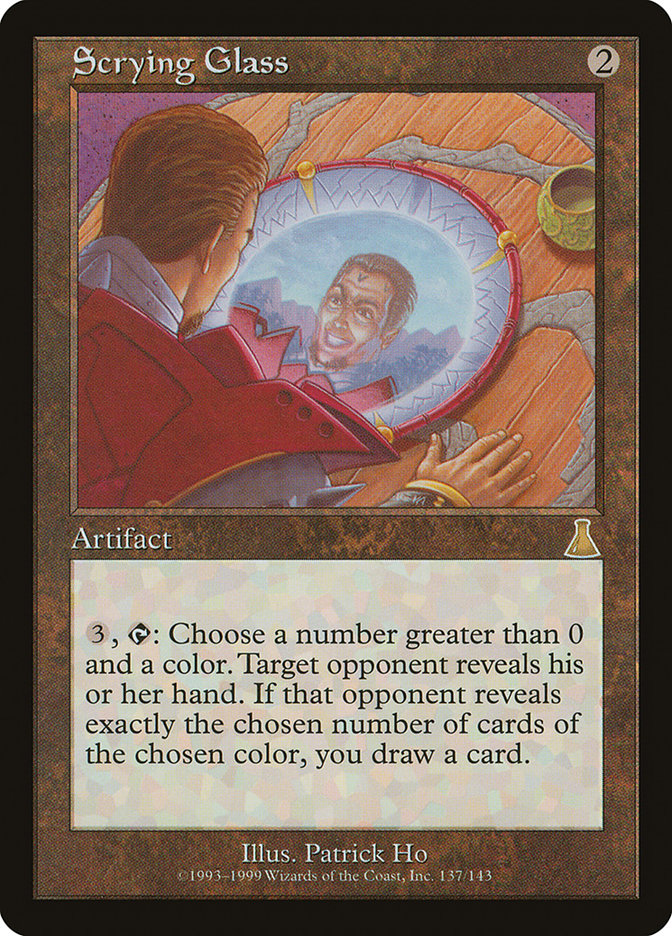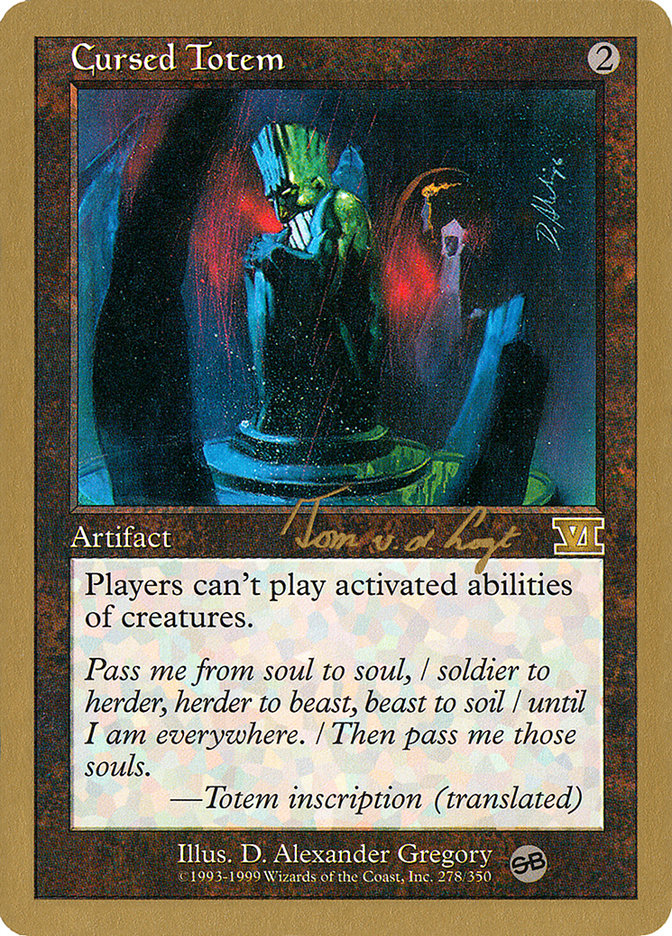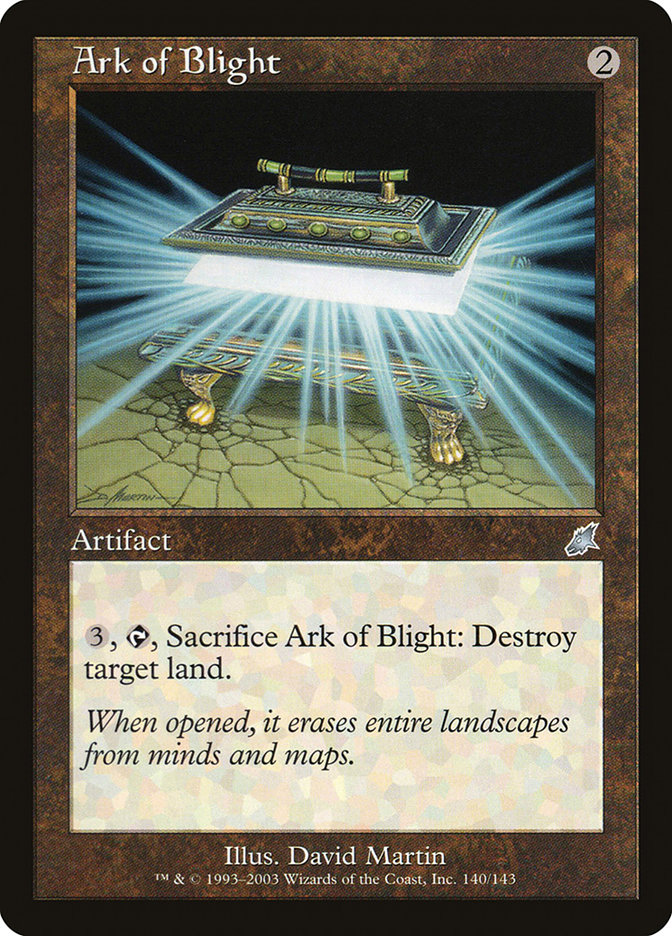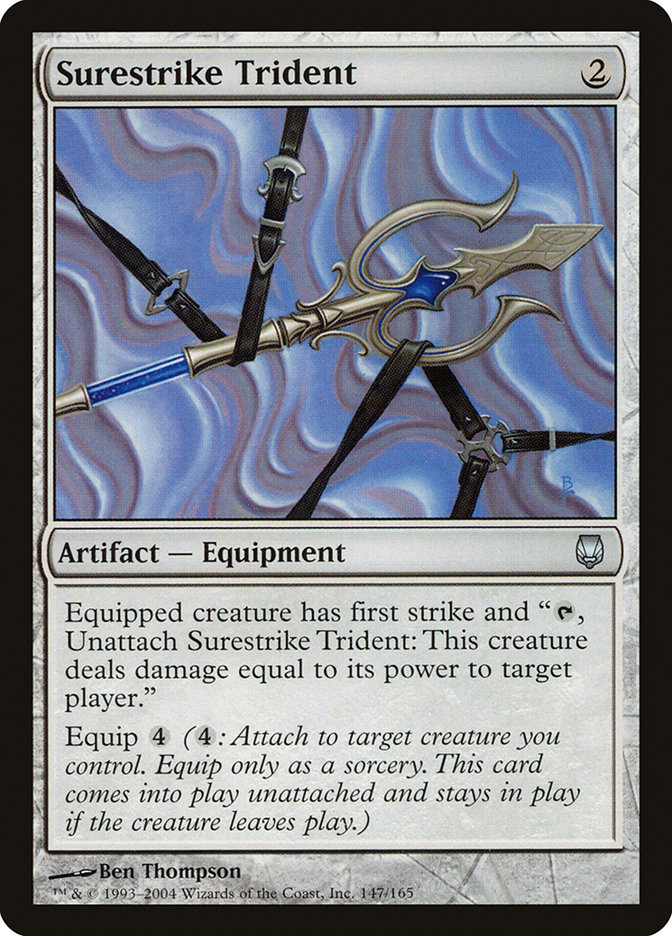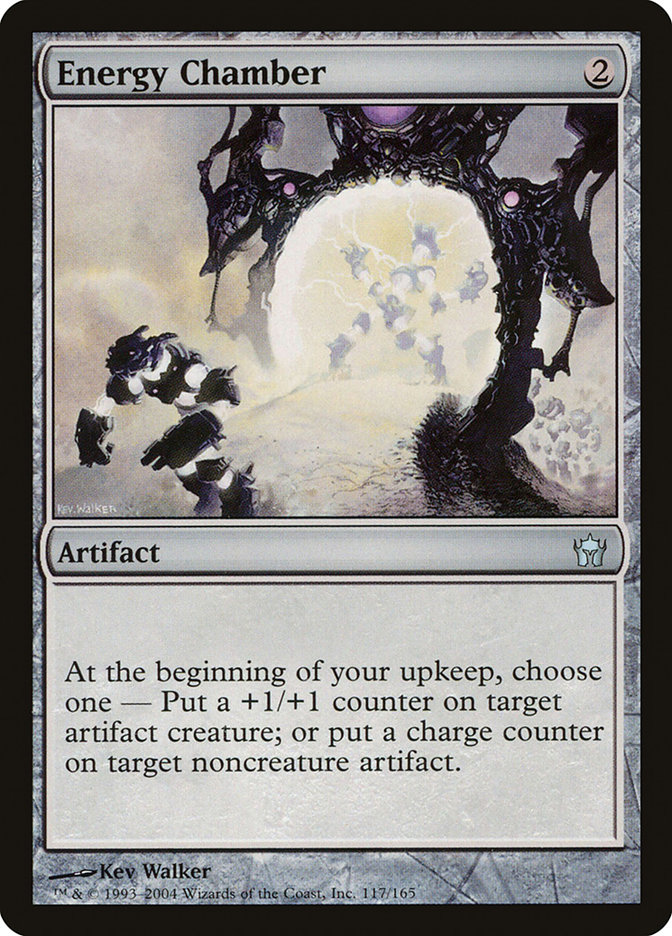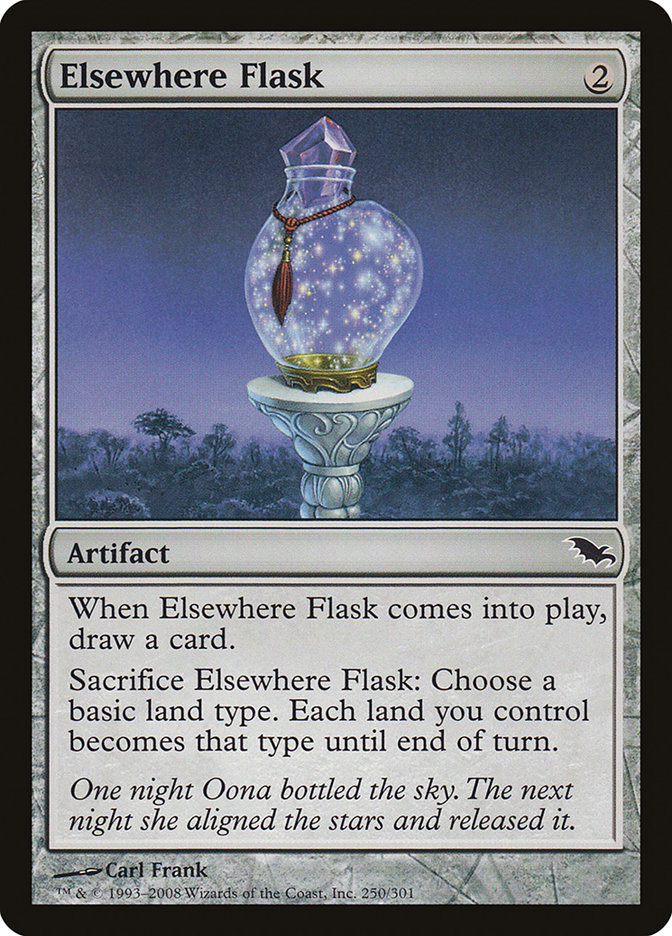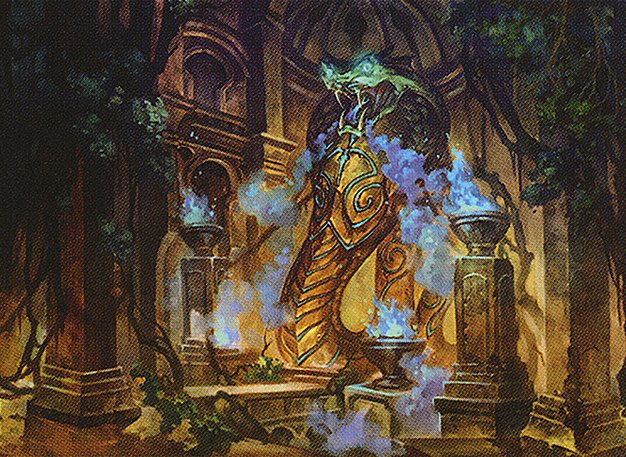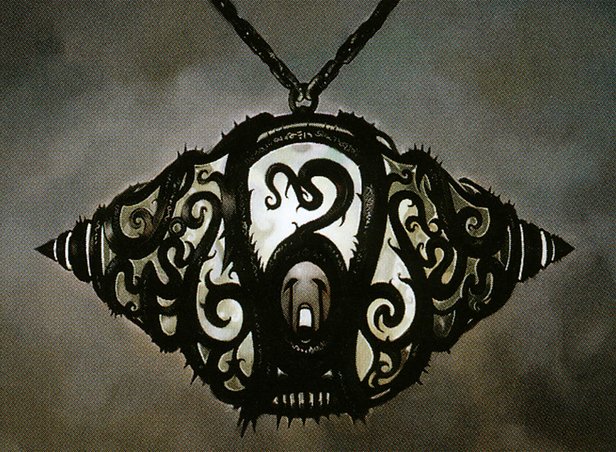Lupine Prototype MTG Card
| Card sets | Released in 3 setsSee all |
| Mana cost | |
| Converted mana cost | 2 |
| Rarity | Rare |
| Type | Artifact Creature — Wolf Construct |
| Power | 5 |
| Toughness | 5 |
Key Takeaways
- Lupine Prototype offers card advantage and potential acceleration but requires an empty hand to utilize.
- Its instant speed synergy and formidable stats make it a tempting choice for specific strategic builds.
- Despite power, its activation requirement and mana cost can be detriments in fast-paced gameplay.
Text of card
Lupine Prototype can't attack or block unless a player has no cards in hand.
"Ludevic saw it in a dream and set to work immediately, every detail already known. Can such genius be taught?" —Stitcher Geralf
Card Pros
Card Advantage: Despite its unconventional requirement for activation, Lupine Prototype can lead to strategic hand depletion, setting the stage for potent card draw engines to refill your hand swiftly.
Resource Acceleration: This card can become a formidable 5/5 attacker or blocker as early as turn two. Its negligible casting cost allows for quick deployment, permitting players to allocate resources towards other gameplay developments without losing momentum.
Instant Speed: While Lupine Prototype itself isn’t an instant, it synergizes well with instant speed spells that assist in rapidly emptying your hand. This makes it critically adaptable during the late game, as it interacts seamlessly with strategies that operate at instant speed.
Card Cons
Discard Requirement: In the fast-paced world of MTG, having a hand size of zero to activate Lupine Prototype can often be counterintuitive. This necessity can leave players at a strategic disadvantage, struggling to leverage their card options while meeting this requirement.
Specific Mana Cost: Although Lupine Prototype’s initial colorless mana cost seems versatile, its necessary synergy with other cards to reduce hand size could inadvertently lock players into a more narrow deck construction, potentially stifling creativity and flexibility.
Comparatively High Mana Cost: With a casting cost of two mana, players may find Lupine Prototype’s inability to attack or block unless they have no cards in hand a hefty investment. Alternative creatures or artifacts with immediate impact may offer better value, especially in critical game stages.
Reasons to Include in Your Collection
Versatility: Lupine Prototype offers a unique twist to deck building. Due to its inability to attack or block unless a player has no cards in hand, this card fits well into strategies that rapidly empty their hand or discard as a cost, such as reanimation or madness themes.
Combo Potential: This card can be a powerhouse in the right combo deck. With effects that allow you to draw when you have no cards, or sacrifice it for a benefit when you can’t use it as a blocker or attacker, the Prototype can be a key piece in an intricate engine, opening the door to powerful plays that other cards can’t initiate.
Meta-Relevance: In a meta-game that favors aggressive strategies, Lupine Prototype shines in decks that can quickly deplete their hand, enabling it to become a potent attacker as early as turn three. Its relevance increases around synergies with artifacts, or as a cheap creature for use with various sacrifice outlets.
How to beat
Lupine Prototype offers a distinctive challenge in MTG due to its early game presence as a 5/5 for two mana, which seems like an unbeatable deal. However, this artifact creature can’t attack or block unless a player has no cards in hand. To effectively counter this card, the key lies in card advantage. Maintaining a healthy hand size thwarts Lupine Prototype’s ability to engage in combat, mitigating its early game threat.
Opponents might utilize discarding strategies or seek to empty their hands quickly to activate Lupine Prototype. Spot removals, like Path to Exile or Fatal Push, can be reserved to handle it once it’s activated, ensuring it doesn’t get a chance to exert its power. Alternatively, effects that force the opponent to draw cards could inadvertently keep the prototype dormant. As such, countering the Lupine Prototype successfully revolves around strategic hand management and timely removal.
It might be tempting to ignore Lupine Prototype until it becomes active, but experienced players will recognize the potential threat and plan accordingly. In doing so, Lupine Prototype’s weaknesses are exposed, transforming it from a menacing presence into a manageable issue on the board.
Cards like Lupine Prototype
Lupine Prototype stands out in Magic: The Gathering as a unique artifact creature due to its inability to attack or block unless a player has no cards in hand. A natural point of comparison is Bedlam Reveler, which also benefits players who play with fewer cards in hand, offering card draw as its hand is emptied. However, Lupine Prototype’s early board presence with a 5/5 body for two mana is unmatched by Bedlam Reveler’s late-game advantage.
Another analogous card is Hollow One, which can be cheaper depending on how many cards you’ve discarded during a turn. While both cards encourage a playstyle that depletes the hand, Lupine Prototype demands an entirely empty hand, a condition that can be both a challenge and a strategic element to build around. On the other hand, Hollow One offers a bit more flexibility to the player.
To wrap it up, while other cards interact with hand size to various effects, Lupine Prototype presents a high-risk, high-reward opportunity for players who dare to tread the path of empty-handed might. Its cost-to-power ratio provides a compelling reason to experiment with strategies that exploit its unique condition.
Cards similar to Lupine Prototype by color, type and mana cost
Where to buy
If you're looking to purchase Lupine Prototype MTG card by a specific set like Eldritch Moon and Eldritch Moon Promos, there are several reliable options to consider. One of the primary sources is your local game store, where you can often find booster packs, individual cards, and preconstructed decks from current and some past sets. They often offer the added benefit of a community where you can trade with other players.
For a broader inventory, particularly of older sets, online marketplaces like TCGPlayer, Card Kingdom and Card Market offer extensive selections and allow you to search for cards from specific sets. Larger e-commerce platforms like eBay and Amazon also have listings from various sellers, which can be a good place to look for sealed product and rare finds.
Additionally, Magic’s official site often has a store locator and retailer lists for finding Wizards of the Coast licensed products. Remember to check for authenticity and the condition of the cards when purchasing, especially from individual sellers on larger marketplaces.
Below is a list of some store websites where you can buy the Lupine Prototype and other MTG cards:
- eBay
- TCG Player
- Card Kingdom
- Card Market
- Star City Games
- CoolStuffInc
- MTG Mint Card
- Hareruya
- Troll and Toad
- ABU Games
- Card Hoarder Magic Online
- MTGO Traders Magic Online
See MTG Products
Printings
The Lupine Prototype Magic the Gathering card was released in 3 different sets between 2016-07-22 and 2023-03-21. Illustrated by Deruchenko Alexander.
| # | Released | Name | Code | Symbol | Number | Frame | Layout | Border | Artist |
|---|---|---|---|---|---|---|---|---|---|
| 1 | 2016-07-22 | Eldritch Moon | EMN | 197 | 2015 | Normal | Black | Deruchenko Alexander | |
| 2 | 2016-07-22 | Eldritch Moon Promos | PEMN | 197s | 2015 | Normal | Black | Deruchenko Alexander | |
| 3 | 2023-03-21 | Shadows over Innistrad Remastered | SIR | 253 | 2015 | Normal | Black | Deruchenko Alexander |
Legalities
Magic the Gathering formats where Lupine Prototype has restrictions
| Format | Legality |
|---|---|
| Historicbrawl | Legal |
| Historic | Legal |
| Legacy | Legal |
| Oathbreaker | Legal |
| Gladiator | Legal |
| Pioneer | Legal |
| Commander | Legal |
| Modern | Legal |
| Vintage | Legal |
| Duel | Legal |
| Explorer | Legal |
| Penny | Legal |
| Timeless | Legal |
Rules and information
The reference guide for Magic: The Gathering Lupine Prototype card rulings provides official rulings, any errata issued, as well as a record of all the functional modifications that have occurred.
| Date | Text |
|---|---|
| 2016-07-13 | If a creature can’t attack or block unless you return a permanent to your hand, and your hand is empty, you can attack or block with that creature and Lupine Prototype. This is because the legality of chosen attackers and blockers is checked before costs are paid. |
| 2016-07-13 | Lupine Prototype’s restriction applies only at the moment that attackers and blockers are chosen. If a player puts a card into their hand after Lupine Prototype has attacked or blocked, it won’t be removed from combat. |
